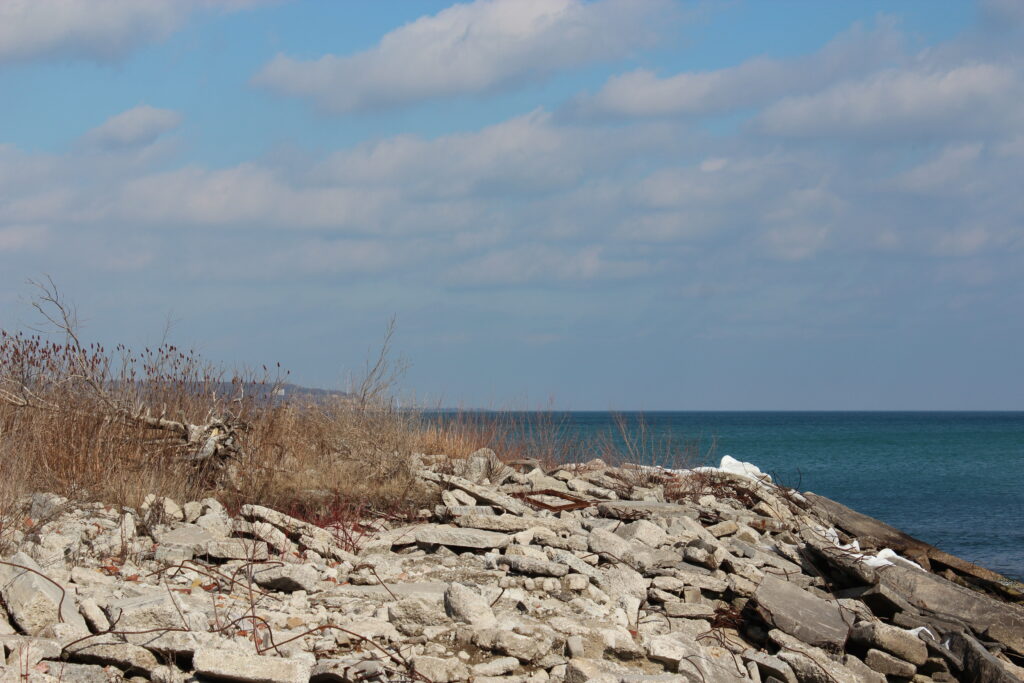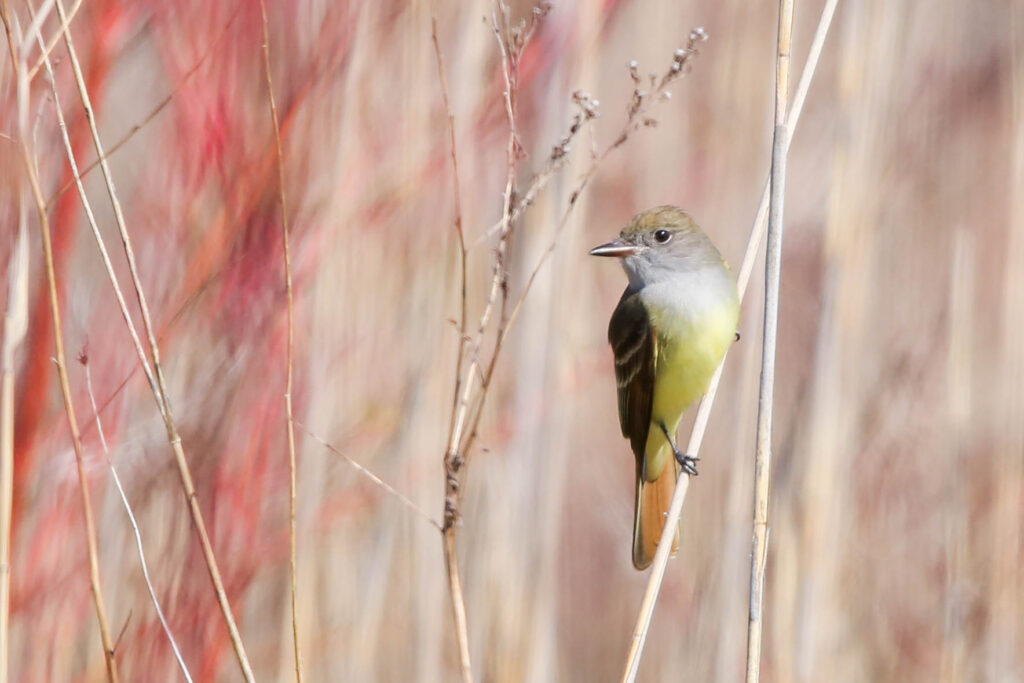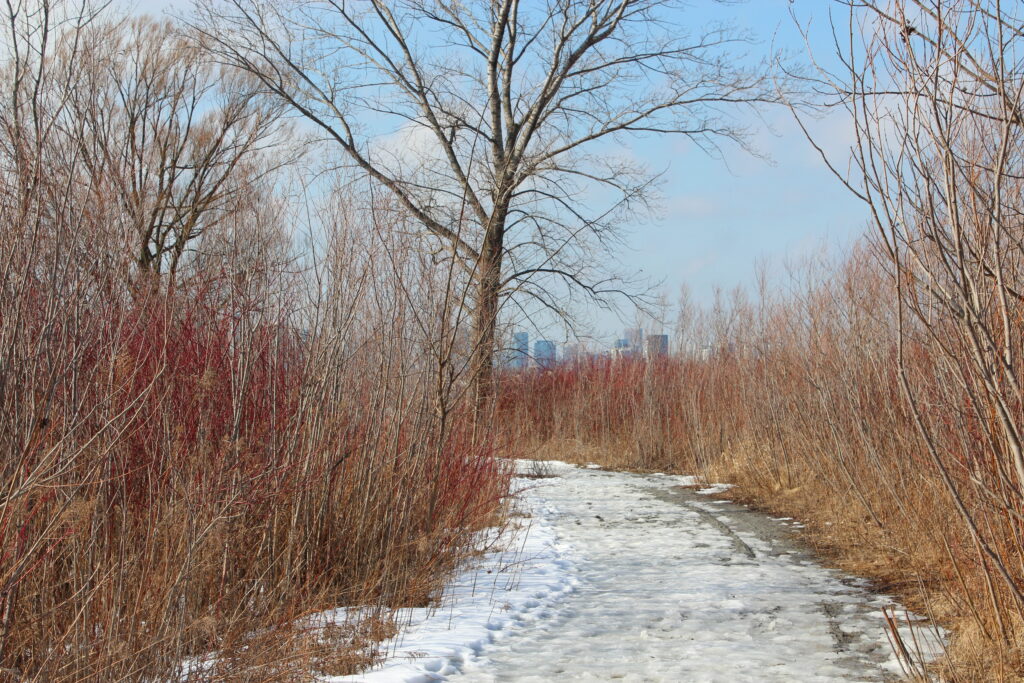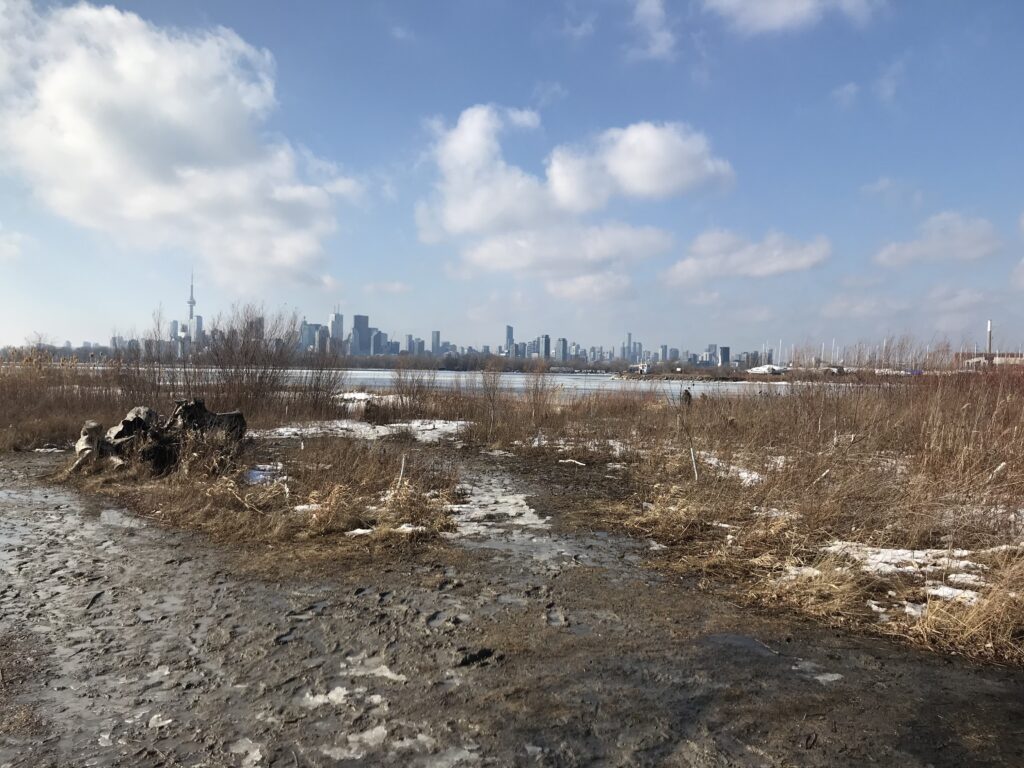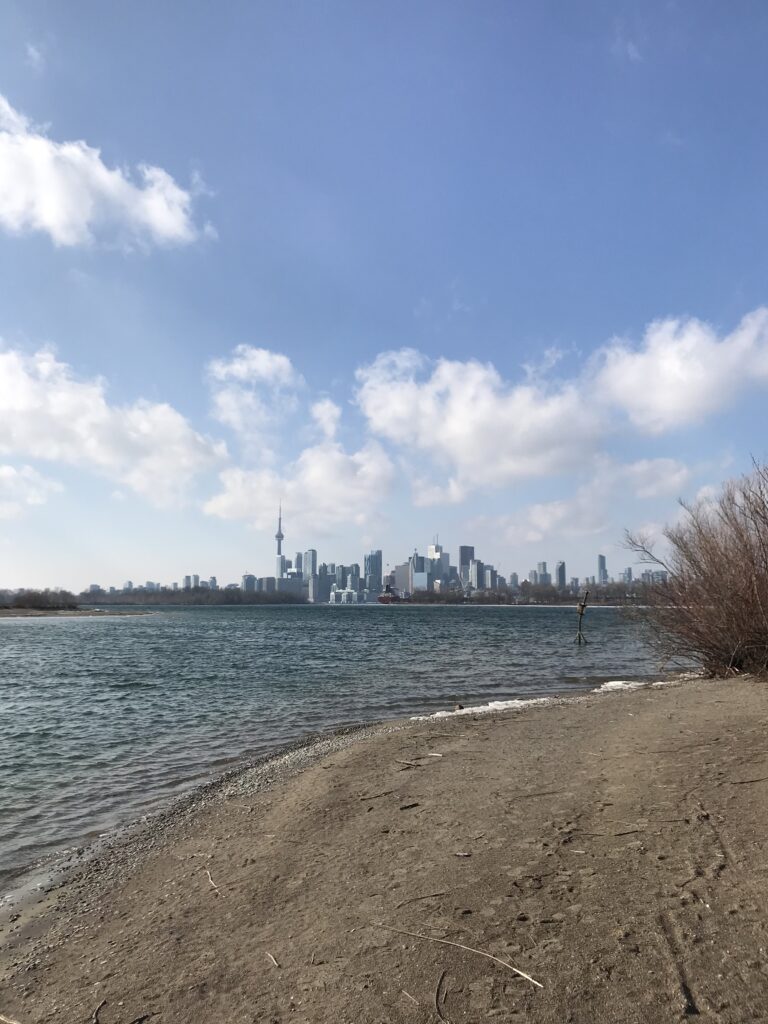By Brynn Farren
Spotting a black-capped chickadee, even during Toronto’s harsh winter is likely. Its magic is that it’s found right outside your window.
Since the pandemic took flight in 2020, the everyday Canadian has been severely impacted by government mandated lockdowns – with most of the day-to-day human experience being restricted to the indoors, and to screens. The majority of Canadians live in urban, sensory-filled environments and are conditioned to seek out digital distractions leading to mental fatigue – a known contributing factor linked to depression, an issue that already affected many Canadians pre-lockdown according to the Centre for Addiction and Mental Health.
Cue birding in Toronto.
Birding is a term for people who go birdwatching, and those who bird swear by its benefits. Best done outdoors, birding as a practice helps re-establish one’s connection to the natural environment, reduces stress, provides cardio, and allows for mindfulness and meditation.
Jennifer Fenwick Smith, an avid birder and a coordinator for Tommy Thompson Park with the Toronto Region Conservation Authority, is quick to identify the black-capped chickadee as one of her favourites, in part because of its playful song.
“They are extremely relatable creatures,” she says, revealing later that she has one tattoo, and it is of a simple black-capped chickadee. “You can see them all year. They are grinning and bearing the winter with us. They are here with us during the summer, spring, fall – they watch it all, just like us.”
Smith notes that our current reality has Canadians looking for relief anywhere and everywhere. She believes birding as a practice could be the helping hand people need to begin a wellness journey.
“I don’t think it’s unique that people are at peace in nature. I think that’s how we are built,” Smith states, held-fast in her conviction of the healing power of nature.
According to CAMH, more than 450 million people currently struggle with mental illness. Further, 1 in 5 Canadians experience a mental illness or addiction problem. In fact, half of Canadians by the age of 40, have – or have had, a mental illness. If you’re one of the few who have not struggled, then you know someone who has – it’s a global problem, and no one is immune.
These mental health statistics coupled with Covid-19 and all that comes with the disease — loss of human life, government mandated lockdowns, economic and social disruption, general livelihoods threatened — have given rise to essentially two pandemics with frightening impacts on the community at large. Vulnerable communities are more at risk.
CAMH outlined in its “Mental Health in Canada: Covid-19 and Beyond” report in 2020, that “Canada was already in the midst of a mental health crisis prior to COVID-19. The pandemic has both magnified and added to this crisis and highlighted how crucial mental health promotion and care are to our overall well-being.”
CAMH’s report identified many opportunities for the government to do better when it comes to mental health, and pointed out the effects the Covid-19 government restrictions had on mental health. The organization even offered recommendations outlining a thorough, multi-faceted approach to planning a long-term, system-wide solution.
Addressing and treating mental health is not as simple as just getting outside, but with the majority of our current life experience being lived indoors and online, perhaps there is opportunity to find a semblance of peace, or some relief at the very least, among the birds.
Nicholas Ijpelaar, a naturalist, birder and employee of Ontario Parks notes that “whether you’re a seasoned veteran or a first-time birder… at the very minimum birding is a chance to get outside, connect with nature, and see some amazing things that you maybe wouldn’t have noticed before.”
Throughout the lockdown, getting outside in the forms of a de-stressing walk or personal workout, has been encouraged by various levels of government, albeit with many restrictions. Ijpelaar believes you should add a birding walk to the routine.
“I think for many people birding is an escape for the body and the mind to focus on something that appears to be unaffected by the pandemic. Birding can be addictive too… I have friends who would drive across the province in a heartbeat to catch a glimpse of a rare bird.”
Smith, who works at Tommy Thompson Park – one of Toronto’s most popular parks and birding destinations – says people can start birding anywhere — from your condo window or your backyard to venturing out into the city. It’s an accessible practice she notes, as she lists off Tommy Thompson Park, High Park and the Humber Bay area as all great outdoor excursions for a curious new birder. However, she may be more partial to Tommy Thompson Park as she circles back to note that the park offers curated birding experiences. To this day, more than 300 bird species have been recorded at Tommy Thompson Park.
During one of her walk-throughs exploring the park, Smith trails off the busy, tailored cement path.
“The park’s been really busy since the pandemic started,” she says. “People want to get out.”
She notes that in an effort to protect the diverse wildlife, Tommy Thompson Park is the only public park in the city that does not allow dogs and yet during today’s walk-through she’s had to pull aside many families who brought their dogs – in part, because they were new to the park, and are only there because it’s one of the few things allowed while Toronto remains in lockdown.
Slightly frustrated, she veers away on to a tight, muddy trail that winds through the bush, bare from winter. Weaving through the low branches, the sounds of people from the main path are replaced with the deep creaks of swaying branches, rustles of dried vegetation, and the whistle of wind catching over a frozen lagoon.
Smith slows her pace, matching the thrum of the woods, muck from the ground pulling at her boot. Minutes later, she emerges out onto a beach that faces Toronto’s city skyline. The scene is juxtaposed against the sounds of waves against the rock, splashing of ducks, and squawks of swans.
Smith believes public parks are needed now more than ever as we navigate these unprecedented times and its consequences to our health.
Public parks are “a lifeline for people,” she says.


